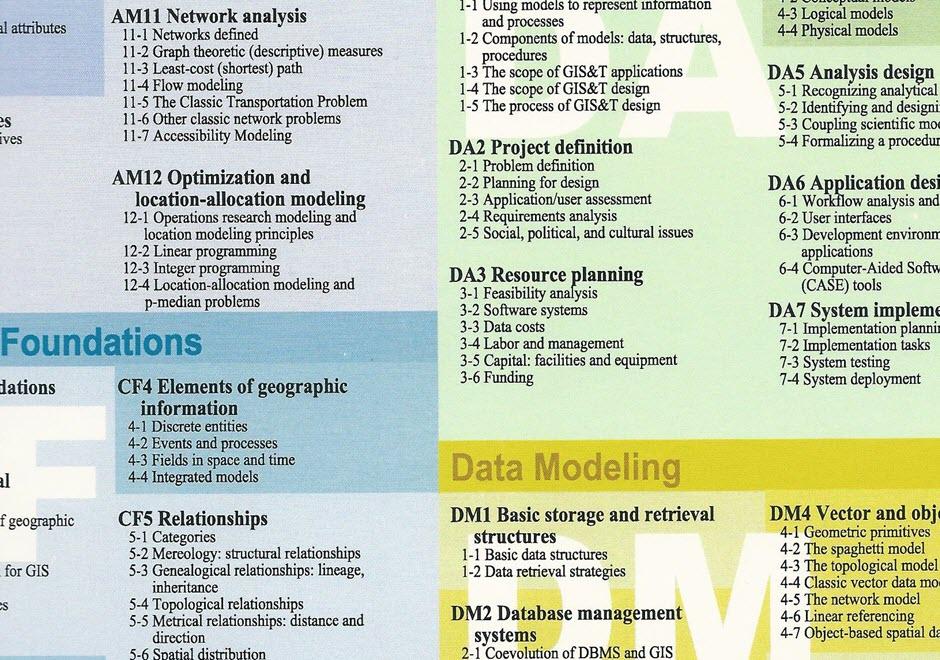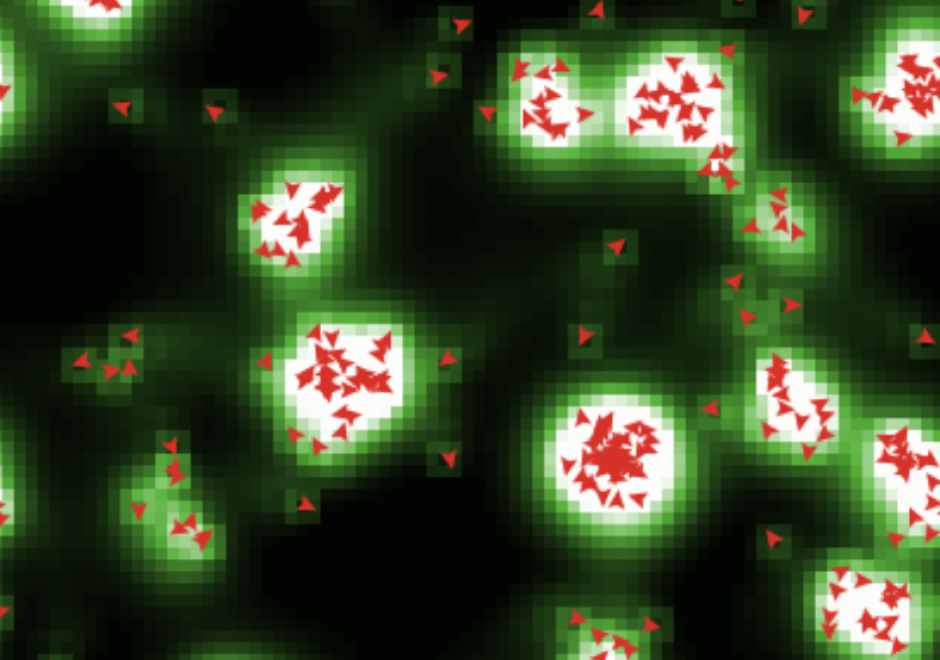FC-31 - Academic origins

- Identify the key academic disciplines that contributed to the development of GIS&T
- Evaluate the role that the Quantitative Revolution in geography played in the development of GIS
- Describe the major research foci in GIS and related fields in the 1970s, 1980s, 1990s, and 2000s
- Evaluate the importance of the NCGIA and UCGIS in coalescing GIScience as a sub-field of GIS&T
- Discuss the contributions of early academic centers of GIS&T research and development (e.g., Harvard Laboratory for Computer Graphics, UK Experimental Cartography Unit)



DA-24 - GIS&T and Marketing
Marketing is about communicating, delivering, and exchanging goods and services that are desired by customers, clients, and the public alike. They identify the groups the enterprise is striving to serve, developing offerings which match their needs, and establishing exchange relationships which satisfy those needs while accomplishing enterprise objectives of profit, service and/or social impact. Marketers use their planning processes to scan the relevant environment for opportunities, select target markets with unmet or insufficiently met needs, and design marketing mix strategies to serve them. In all of these activities, the qualitative and quantitative measures of location and geography are key. Delivery of marketing mix strategies relies on tasks such as marketing research, market segmentation and customer profiling, all of which GIS supports. In addition, specialized marketing functions and emerging technologies also benefit from location analytics resources.